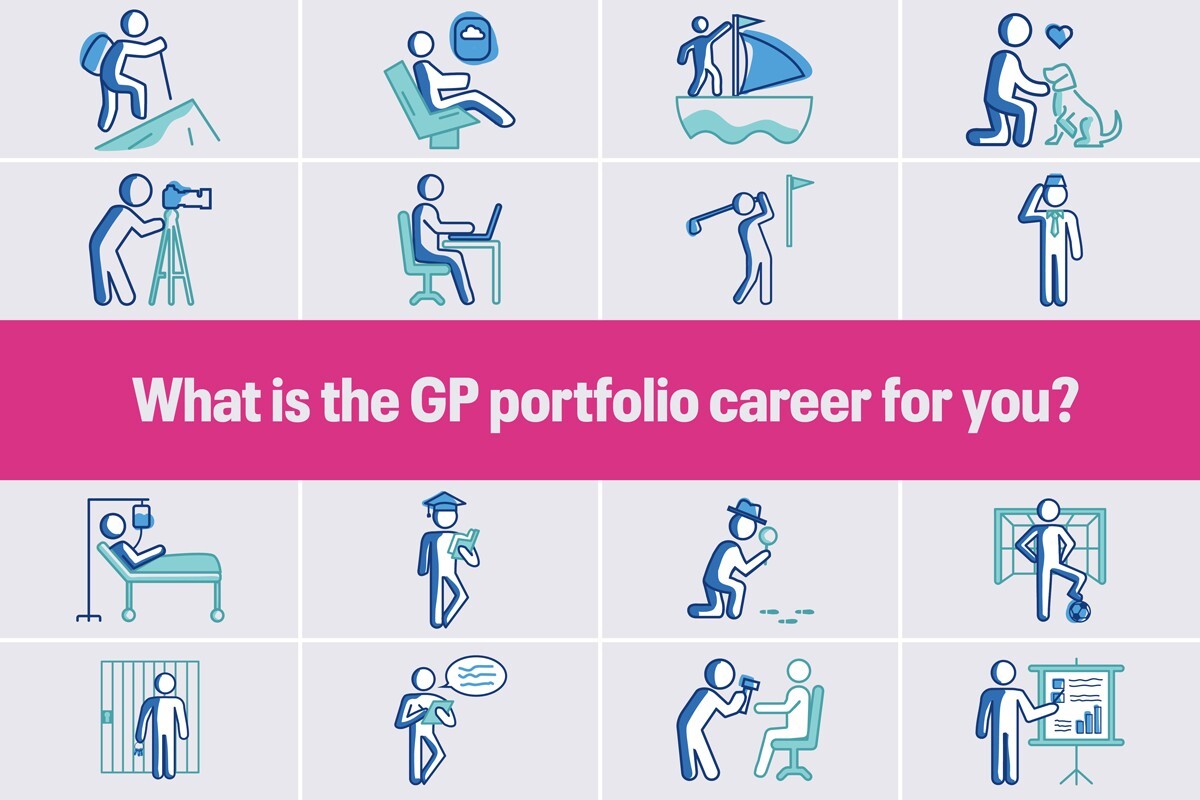Ramp up diabetes treatment after three months, GPs told
GPs are being urged to ramp up diabetes treatment within just three months if they do not reach their glycaemic goals on metformin alone, under a radical update of guidelines issued by European and American diabetes societies.
The new approach would advise GPs to step up treatment by choosing between a range of diabetes therapies currently reserved for third or even fourth line, such as gliptins, exenatide or basal insulin.
It also urges a progression to three-drug therapy if patients are not achieving their goals within six months of initiating treatment, and a move to multiple daily doses of insulin within nine months if goals are still not achieved.
The position statement - co-authored by Department of Health diabetes tsar Professor Rowan Hillson – says guidelines should be ‘less prescriptive' as there is very little evidence to distinguish between options for diabetes, after metformin.
Current NICE guidelines for diabetes recommend sulphonylureas are used second line, with new oral therapies reserved for when there is a particular risk of hypoglycaemia or the patient does not tolerate, or has a contraindication to, sulphylureas. Insulin is strictly reserved only if HbA1c levels remain high after other measures have been tried.
The 20-page document from the American Diabetes Association and the European Society for the Study of Diabetes dispenses with fixed HbA1c targets and says therapy regimes should be designed around the patient.
‘With a distinct paucity of long-term comparative effectiveness trials available, uniform recommendations on the best agent to be combined with metformin cannot be made. Thus, advantages and disadvantages of specific drugs for each patient should be considered.'
The statement - published in April – says the choice should be based on factors such as lifestyle, the need to reduce cardiovascular risk and preventing weight gain. For instance, gliptins are the best option if the patient's goal is not to gain weight.
If adopted more widely, it would revolutionise the treatment patients receive, but the approach has already caused some concern among some experts that it will prove too expensive.
Professor Philip Home, professor of diabetes medicine at Newcastle University and an author of NICE guidelines on diabetes, said the approach would be ‘widely read' but he was sceptical it would be included in NICE guidelines.
‘All it does is summarise evidence, and leaves the medication choice open. There are some useful things in the detail over comparative efficacy and comparative cost, but NICE will do a proper evidence-based review and will ignore this.'
Dr Roger Gadsby, a GP in Nuneaton and primary care lead for NHS diabetes, said the approach was ‘very different' and stressed the patient as an individual.
He said: ‘They seem to say that the therapy to be used after metformin should be tailored to the individual and that a number of options are possible.
‘It will be interesting to see if NICE comes out with such a view when their updated type 2 diabetes guideline is released.'
Read the ADA and ESDA's position statement here.
Portfolio careers
What is the right portfolio career for you?

Visit Pulse Reference for details on 140 symptoms, including easily searchable symptoms and categories, offering you a free platform to check symptoms and receive potential diagnoses during consultations.



 Oviva’s fully remote Tier 3 Weight Management programme
Oviva’s fully remote Tier 3 Weight Management programme








